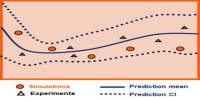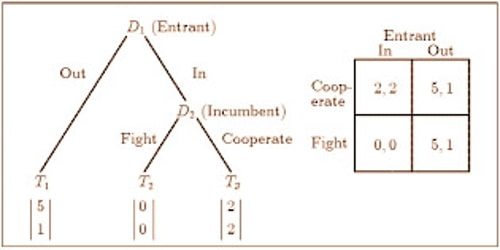The degree to which demand responds to a change in an economic factor is referred to as demand elasticity. A good’s demand moves in the opposite direction of its price. However, the impact of a price change is never the same. Even minor price changes can cause significant changes in demand for a product. On the other hand, there are some goods where price changes have little effect on demand. The most common economic factor used to calculate elasticity is price. Other factors include income level and the availability of substitutes.
An elastic good is one in which a change in price causes a significant shift in demand, and the more substitutes available for an item, the more elastic the good. The price elasticity of demand is calculated by dividing the percentage change in quantity demanded by the percentage change in price. If the quotient is greater than or equal to one, the demand is said to be elastic. If the value is less than one, demand is considered inelastic.
Demand for some goods is very responsive to price changes, whereas demand for others is not. Price elasticity of demand is a measure of how sensitive a good’s demand is to price changes. The price elasticity of demand for a good is defined as the percentage change in demand divided by the percentage change in price. Price elasticity of demand for a good –
eD = [percentage change in demand for the good / percentage change in the price of the good]
= [(∆Q / Q) x 100] / [(∆P/P) x 100]
= (∆Q / Q) x (P/∆P)
Where, ∆P is the change in the price of the good and ∆Q is the change in the quantity of the good. A change in the price of a commodity affects its demand. We can find the elasticity of demand, or the degree of responsiveness of demand, by comparing the percentage price changes with the quantities demanded.
Elasticity measures how demand changes in response to changes in economic factors. Inelasticity occurs when demand remains constant in the face of price changes.
The elasticity of demand refers to how demand changes when another economic factor, such as price or income, changes. Inelastic demand occurs when demand for a good or service remains constant, even when the price changes. Luxury items and certain foods and beverages are examples of elastic goods because price changes affect demand. Tobacco and prescription drugs are examples of inelastic goods, as demand often remains constant despite price changes.
















